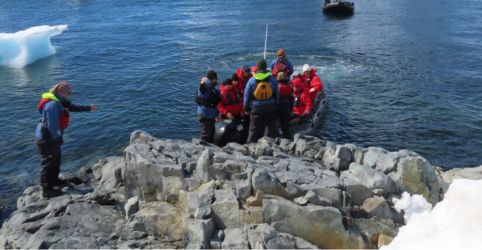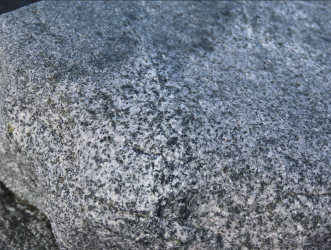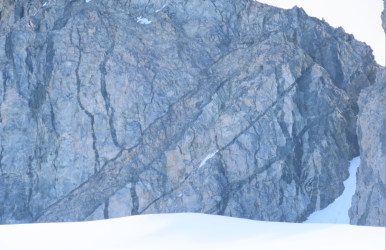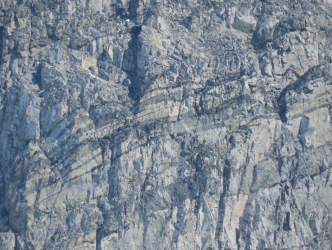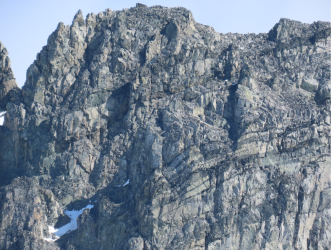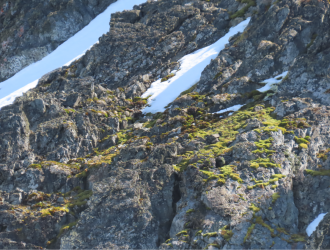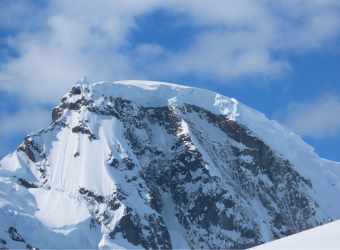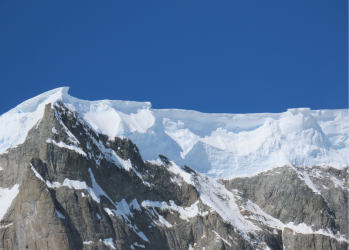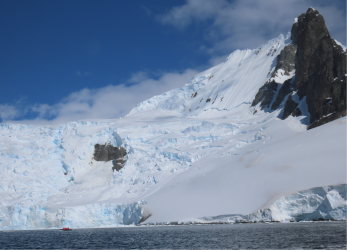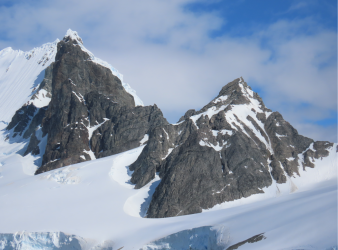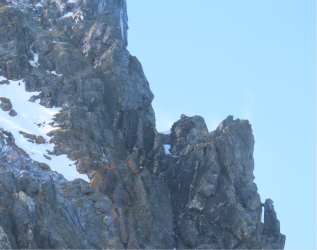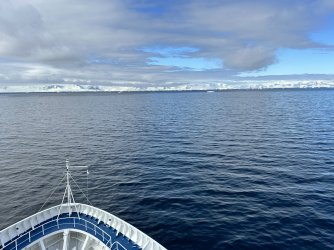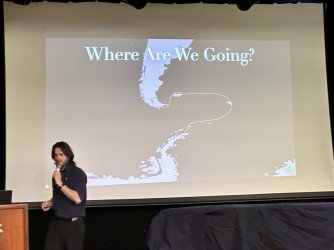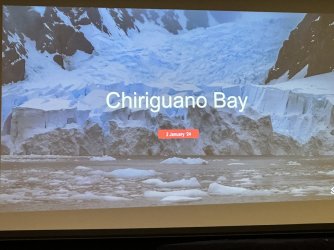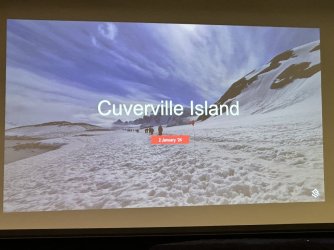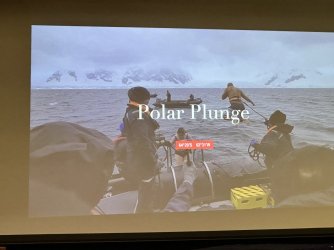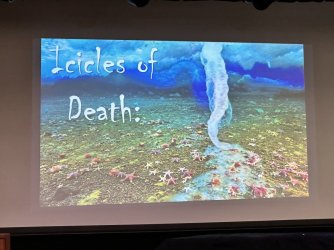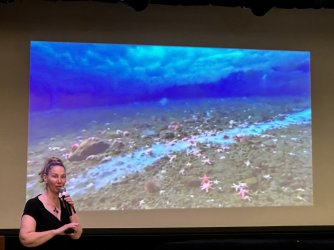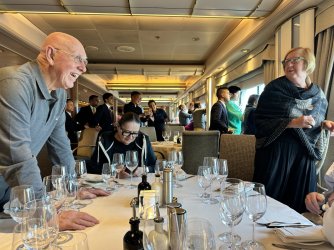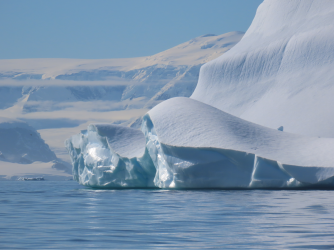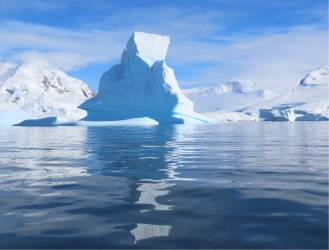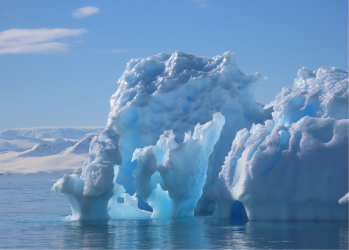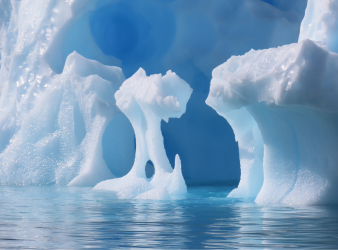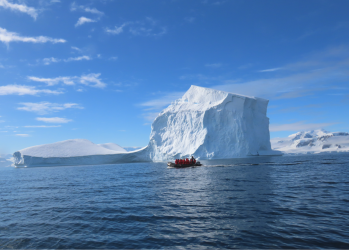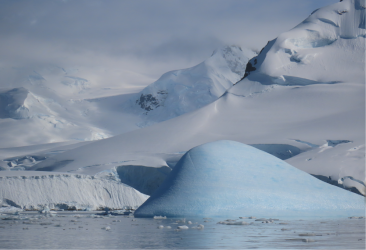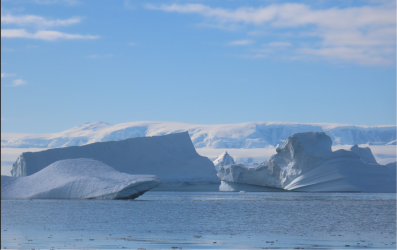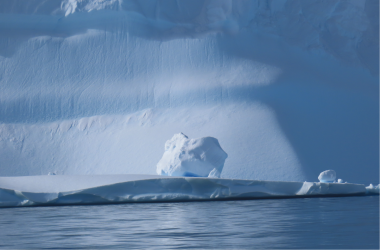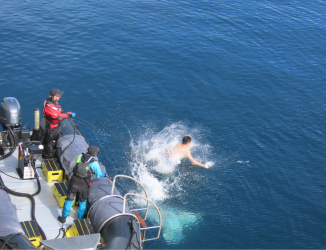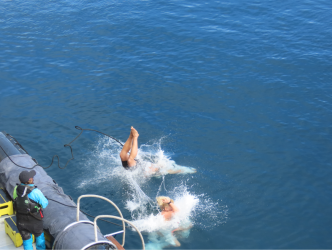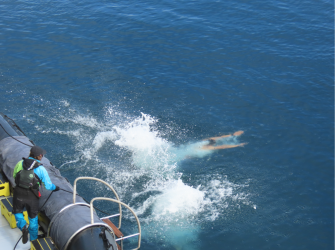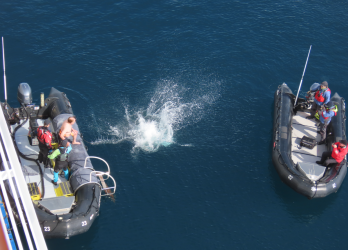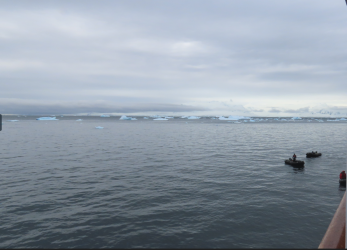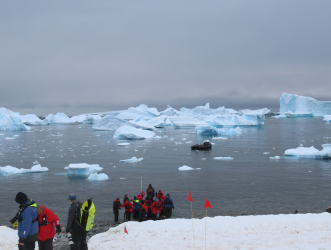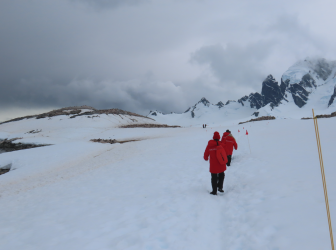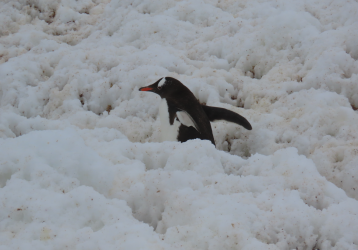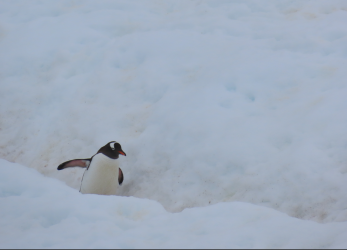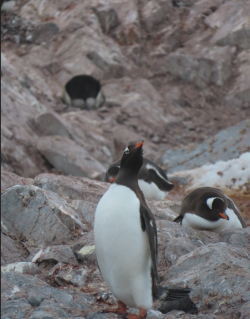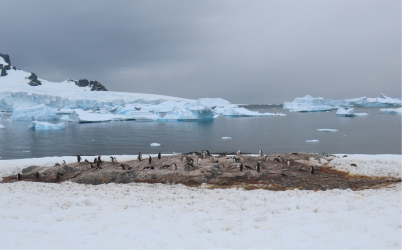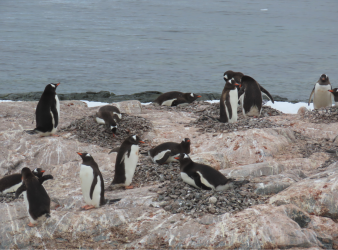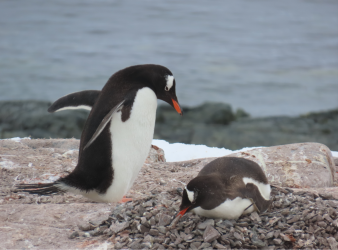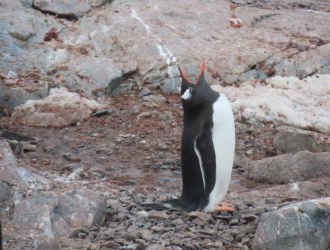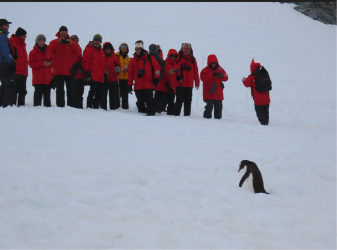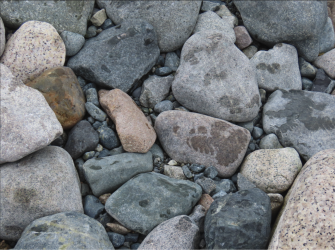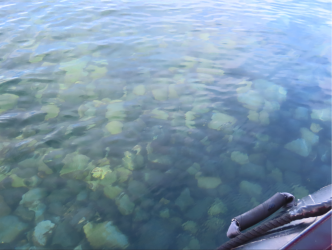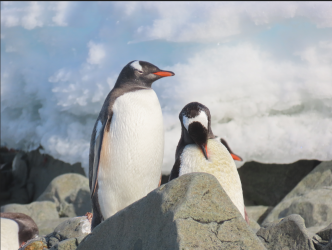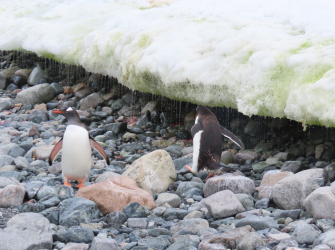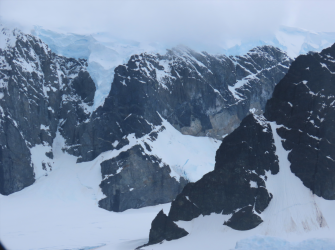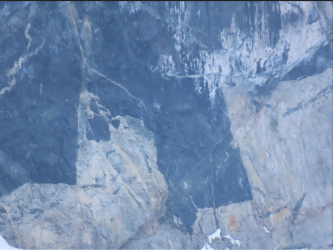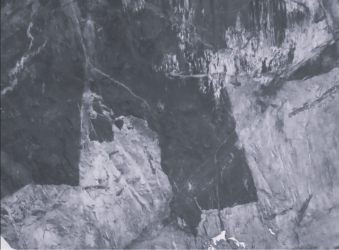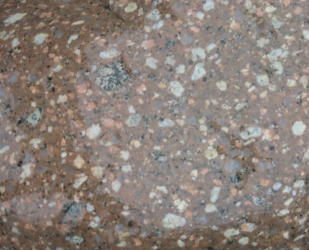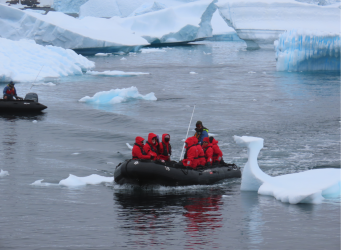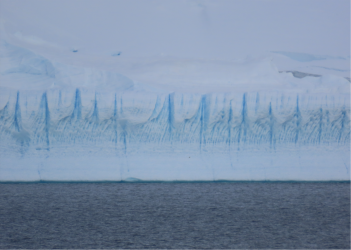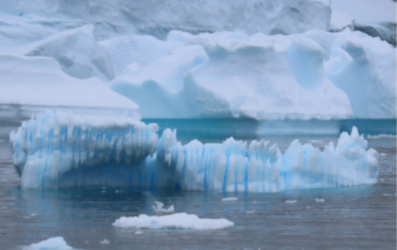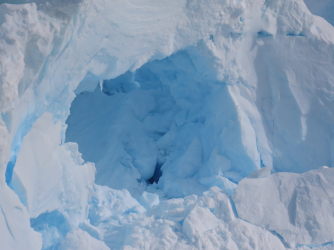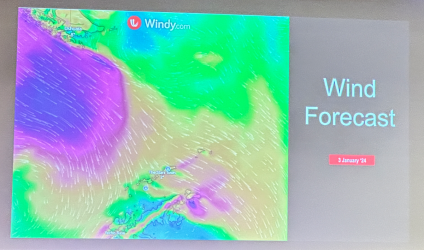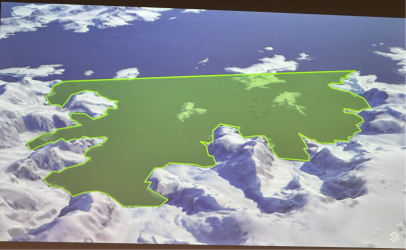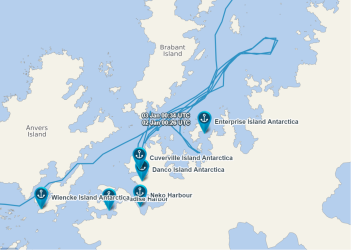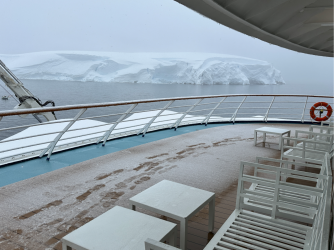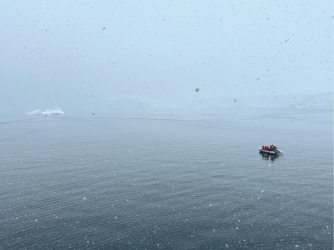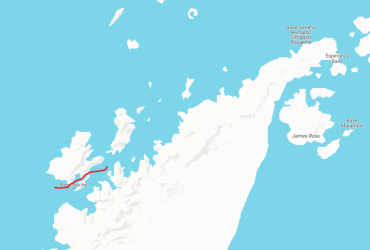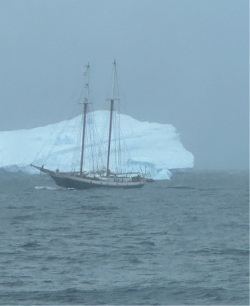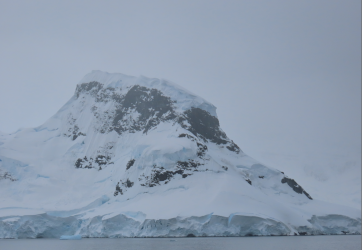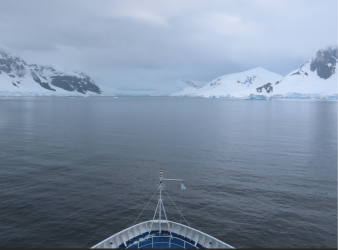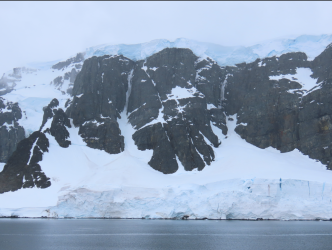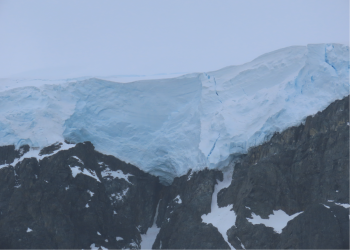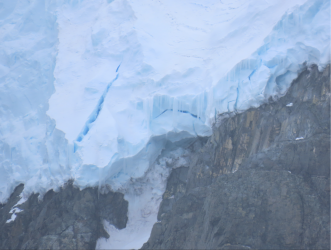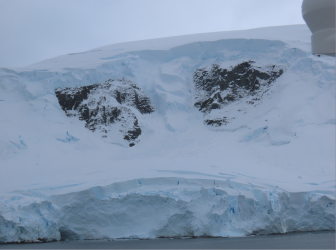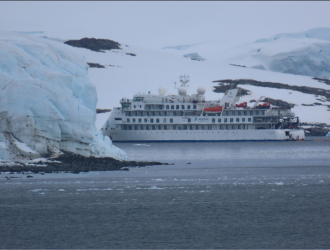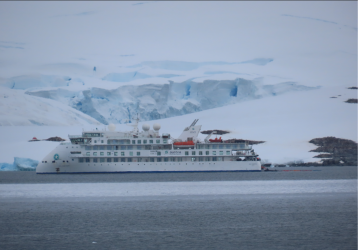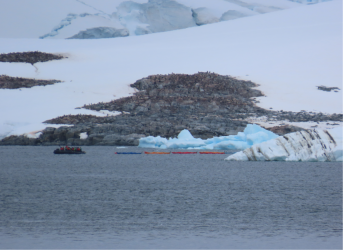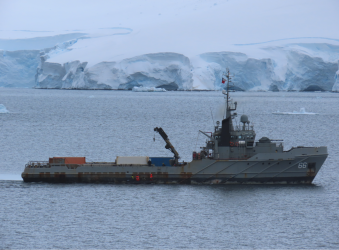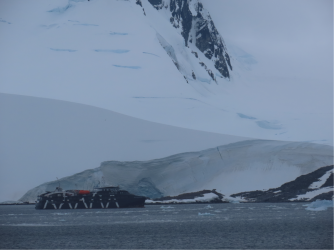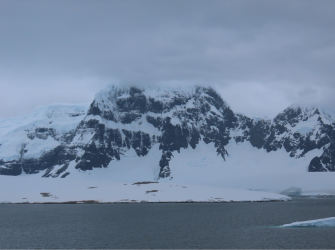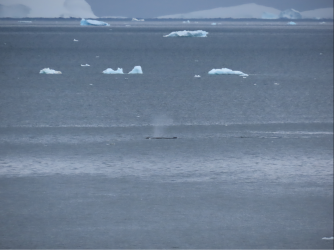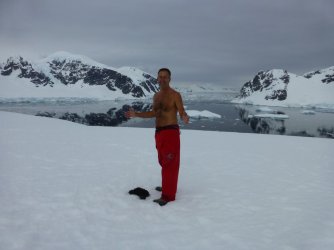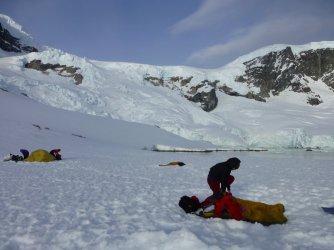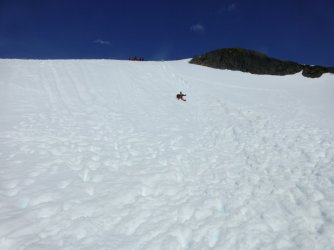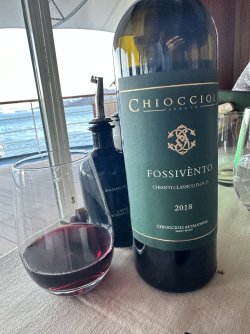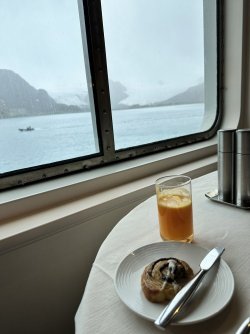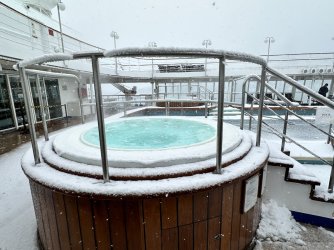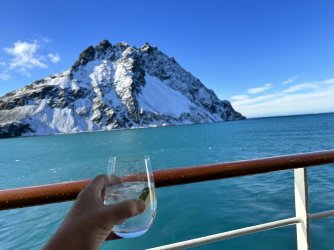- Joined
- Nov 12, 2012
- Posts
- 25,874
- Qantas
- Platinum
- Virgin
- Platinum
- Star Alliance
- Silver
To reach the landing site, we had to round an impressive high volcanic tor, with the inevitable penguin colony at the water's edge, so of course we had to go for a look.
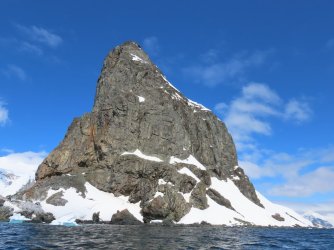
Yeah, yeah, more cute chicks; bonus Imperial cormorant.
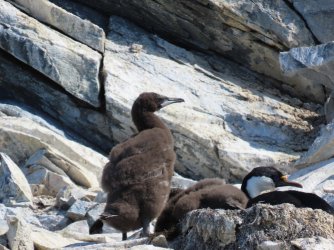
A good shot of some very dense basalt, maybe with some olivine rich xenoliths in it. Oh, and a penguin.
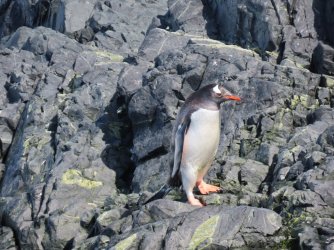
When we motored around the corner (all the white stuff in the middle is penguin cough), I saw something. Before reading on, can anyone see what caught my attention in this next pic?
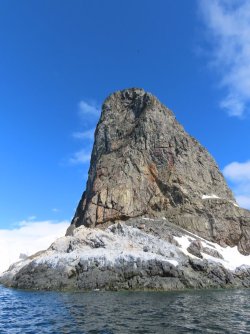
<10 seconds of thinking music>
Yes, that scooped out area at the top is evidence of a very large rockfall at some time in the distant past. And notice all the many fractures and smooth 'parting planes' on the mountain. The wedging freeze-thaw effects here would be massive. My quick conclusion was that this place was ripe for another rockfall, at any time. Very unlikely to go right now, but then again, something is going to fall at some time. I thought about asking the zodiac driver to move away, but as she was making some enthralled comments about penguin vomit feeding of their young, and as I was uneasy rather than afraid, I didn't say anything.
But I did write a note to the expedition leader that night, noting the issue and my concerns. I think its unsafe to motor right under that tor, there is nothing unique to see there and I said I wouldn't go within at least 100m of the edge if I was there fishing. A couple of days later, I haven't heard back, but there are still a couple of days to go.
We carried onto the landing site
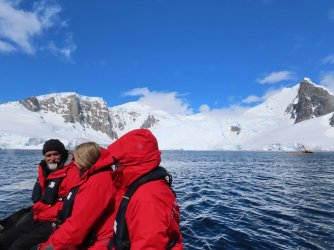
And saw what the hikers were doing - the zig-zag walk up of icy snow which was quite challenging to many
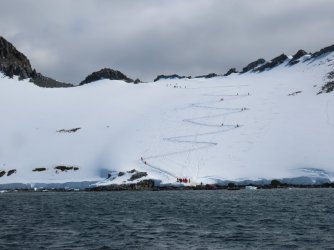
The penguins lay a lighter foot on the landscape
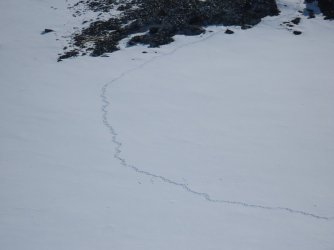
Landed on continental Antarctica ...
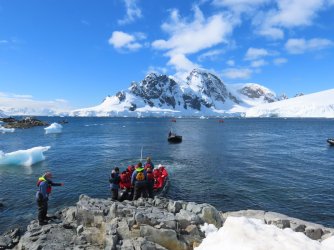
what a sight!



Yeah, yeah, more cute chicks; bonus Imperial cormorant.

A good shot of some very dense basalt, maybe with some olivine rich xenoliths in it. Oh, and a penguin.

When we motored around the corner (all the white stuff in the middle is penguin cough), I saw something. Before reading on, can anyone see what caught my attention in this next pic?

<10 seconds of thinking music>
Yes, that scooped out area at the top is evidence of a very large rockfall at some time in the distant past. And notice all the many fractures and smooth 'parting planes' on the mountain. The wedging freeze-thaw effects here would be massive. My quick conclusion was that this place was ripe for another rockfall, at any time. Very unlikely to go right now, but then again, something is going to fall at some time. I thought about asking the zodiac driver to move away, but as she was making some enthralled comments about penguin vomit feeding of their young, and as I was uneasy rather than afraid, I didn't say anything.
But I did write a note to the expedition leader that night, noting the issue and my concerns. I think its unsafe to motor right under that tor, there is nothing unique to see there and I said I wouldn't go within at least 100m of the edge if I was there fishing. A couple of days later, I haven't heard back, but there are still a couple of days to go.
We carried onto the landing site

And saw what the hikers were doing - the zig-zag walk up of icy snow which was quite challenging to many

The penguins lay a lighter foot on the landscape

Landed on continental Antarctica ...

what a sight!




